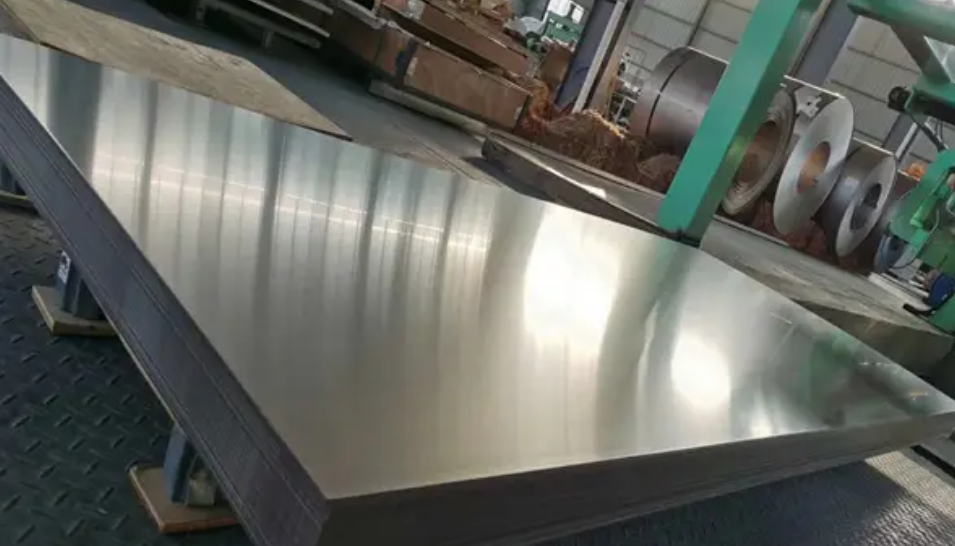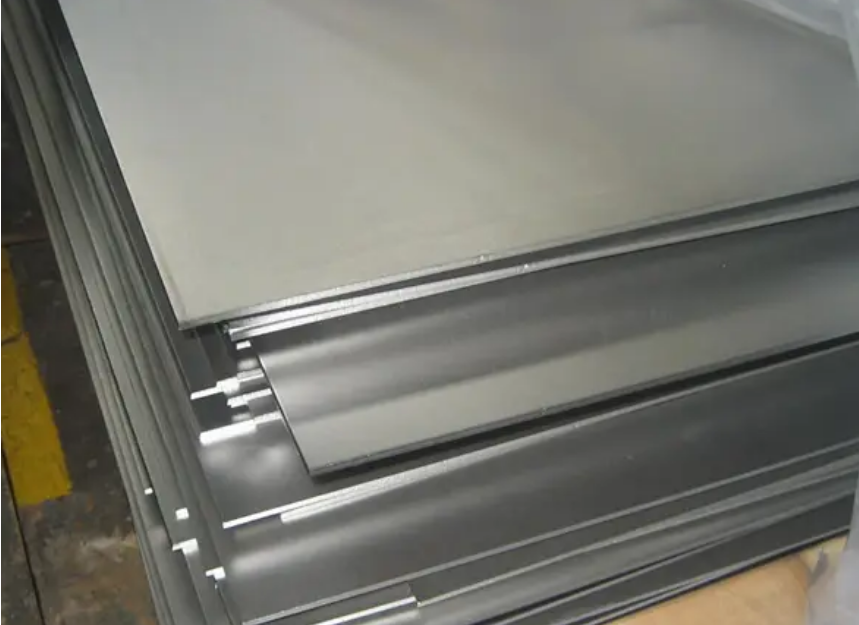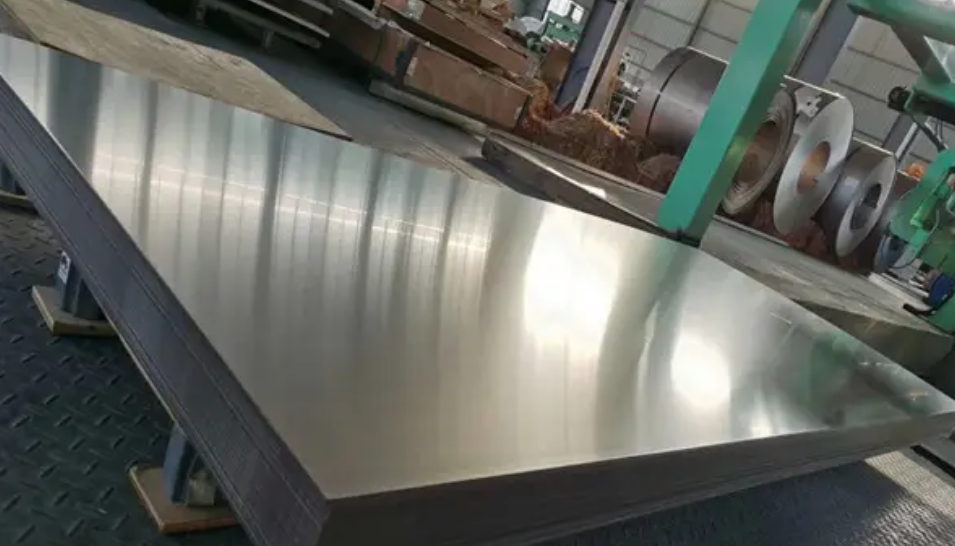

In the field of materials, pure titanium plates and composite titanium plates both occupy important positions, but there are significant differences between the two in many aspects. Understanding these differences helps us make more appropriate choices in different scenarios.
Component differences: comparison between single and multiple components
Pure titanium plates are composed of a single titanium element and have a high degree of purity. This pure composition gives them unique properties.
Composite titanium plates are special plates composed of two or more elements. In addition to titanium, common constituent elements may include metals such as aluminum, molybdenum, and niobium. The combination of different elements gives composite titanium plates a more complex composition structure.
Performance comparison: Each has its own unique characteristics.
Pure titanium plates have excellent heat corrosion resistance and stress corrosion cracking resistance. Even under high temperature and high pressure conditions, they remain chemically stable, are not easily corroded, and can withstand significant stress without cracking.
Composite titanium plates have unique physical and chemical properties due to their special alloy composition. These properties depend on their constituent elements and proportions. Different alloy combinations can offer different advantages, such as high strength, good wear resistance, and low-temperature resistance, enabling them to meet the requirements of specific applications.
Application scenarios: Adaptable to different needs
Pure titanium plates are widely used in high-temperature, high-pressure containers in the petrochemical industry, as well as in storage tanks on oil rigs and drilling platforms in marine environments. In these environments, the heat resistance, corrosion resistance, and stress corrosion cracking resistance of pure titanium plates play an important role. They are often used as lining materials for equipment or as anti-corrosion coatings to protect equipment from corrosion and stress damage.
Composite titanium plates, with their unique properties, are used in some fields with special material requirements. For example, in the aerospace field, high-strength and lightweight materials may be required, and composite titanium plates can meet such needs. In some industrial scenarios that require low-temperature resistance or wear resistance, composite titanium plates can also play to their strengths.
In general, pure titanium plates and composite titanium plates differ in composition, performance, and application. We need to select the appropriate material based on the specific usage environment and requirements to ensure that the material can perform optimally.

